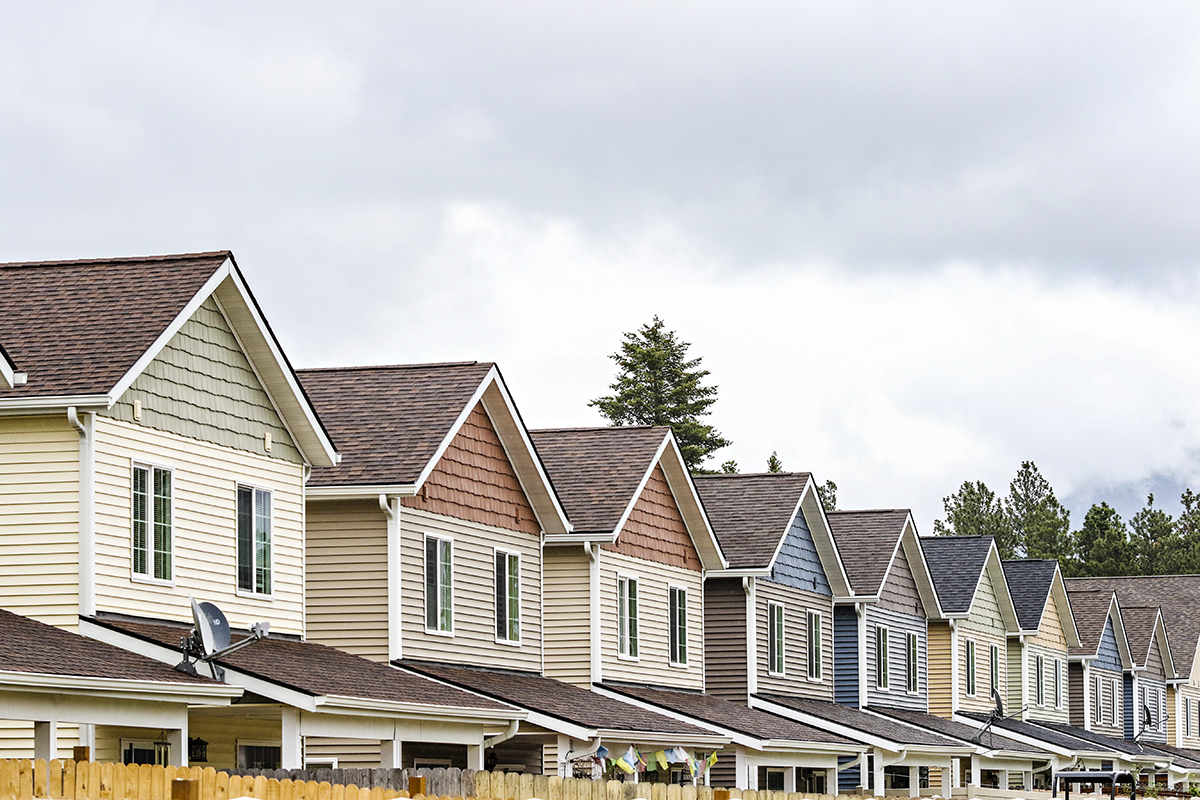The new eviction moratorium announced by the Biden Administration on Tuesday will protect the majority of renters in Montana counties “experiencing substantial and high levels of community transmission” of COVID-19, according to the order.
That means eligible renters in 39 of Montana’s 56 counties — and all of the state’s population centers — will be covered by the order, according to the Montana Legal Services Association, which partners with the state Department of Commerce to provide free legal services to tenants facing eviction. Counties covered by the order, which is set to expire in early October unless renewed, must have more than 50 new cases of COVID-19 per 100,000 residents in the last week. And as transmission rates change, so too can the eligibility of a given county.
“The emergence of the delta variant has led to a rapid acceleration of community transmission in the United States, putting more Americans at increased risk, especially if they are unvaccinated,” Centers for Disease Control and Prevention Director Rochelle Walensky said in a statement Tuesday. “This moratorium is the right thing to do to keep people in their homes and out of congregate settings where COVID-19 spreads.”
Counties with moderate rates of transmission that don’t qualify for the protection as of Wednesday include Glacier, Choteau, Liberty, Sheridan, Wheatland and Stillwater, while counties with low rates include Sweetgrass and a cluster of 10 other counties in the southeastern corner of the state, according to MLSA.
Aside from the county transmission rate requirements, eligible renters must also: demonstrate efforts to make partial rent payments and obtain other government housing or rental assistance, earn less than $99,000 a year (or $198,000 if filing jointly), be unable to pay rent due to “substantial” loss of income, work or “extraordinary” out-of-pocket medical expenses; and likely face homelessness or relocation to a congregate living facility if evicted.
Those eligible in Montana should submit CDC declarations to their landlords. If they already made such declarations during the previous nationwide eviction moratorium, they do not have to submit another one. However, the new order isn’t retroactive, and renters whose evictions were finalized by August 3 won’t receive legal protection. And evictions that don’t arise from nonpayment of rent can still proceed.
The CDC rolled out the order Tuesday, three days after the expiration of COVID-19 eviction protections that had been in place for the better part of a year. The White House had initially said it would not extend that moratorium, and called on Congress and states to act to fill the gap with COVID assistance funds. However, Congressional Democrats failed to get a measure extending the order across the finish line before the body recessed until next month. And at the other end, local governments had only allocated a small chunk of $46 billion available for rental aid. Facing the prospect of a spate of evictions and pressure from housing advocates and some lawmakers, the feds launched new, more narrowly tailored eviction protections.
In the first week of July, around a quarter of Montanans behind on rent or mortgage reported that they were at least somewhat likely to face eviction or foreclosure in the next two months, according to a U.S. Census Bureau estimate.
Cheryl Cohen, the Housing Division administrator at the Department of Commerce, which oversees rental assistance in Montana, said the agency is still “actively assessing the impacts” of the new order. The Housing Division has disbursed over $14 million to support around 2,600 renters, Cohen said. That’s out of a total $352 million that the state and its localities received for rental assistance across multiple pandemic aid packages. It has 809 applications under review, she said.
“The eviction moratorium allows additional time for rent relief to reach renters and to further increase vaccination rates,” the CDC said. “In the context of a pandemic, eviction moratoria — like quarantine, isolation, and social distancing — can be an effective public health measure utilized to prevent the spread of communicable disease.”
This story originally appeared in the Daily Montanan, which can be found online at dailymontanan.com.
